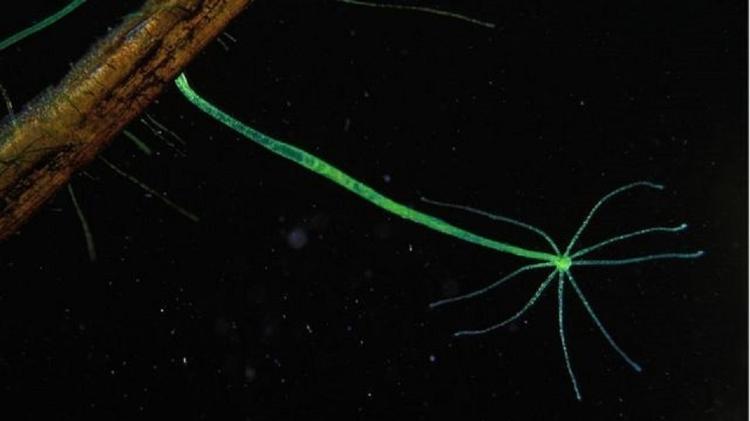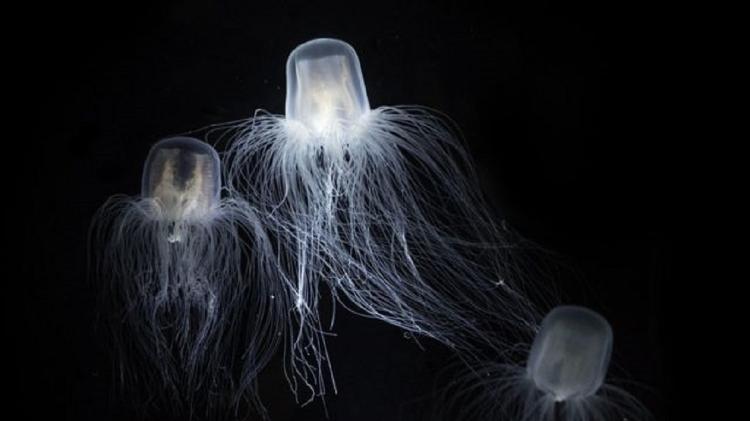From ancient myths to science fiction literature, our fascination with eternal youth is well documented.
But there are creatures that seem to have figured out the formula for stopping or even reversing aging – and they are very real.
They are biologically immortal, or we believe they may be. This means that they can live forever unless they are killed by a predator, disease, or drastic changes in their environment.
Scientists are trying to unravel the secrets of these mysterious organisms to see if they can help us control our own aging process.
The following are three of these magnificent creatures:
planarians
The ability of these worms to regenerate by bisecting had been known since the late 19th century, but these animals went viral in 2012 when the University of Nottingham in England published a study about their potential immortality.
Planaria is a type of flatworm that is found all over the world and has unlimited stem cell regeneration ability.
There are two types of planaria: some reproduce sexually and some asexually and divide into two.
Scientists at the University of Nottingham studied both species and found that those who practiced asexual reproduction were able to “rejuvenate” their DNA.
At some point in our lives, our DNA, like that of most animals, reaches the limit of cell division and our bodies begin to deteriorate.
Planarians, on the other hand, have higher amounts of enzymes that protect their cells from aging and can replenish these reserves as they multiply, leading scientists to believe they could be immortal.
hydra
This alien-looking creature is a freshwater invertebrate with a tubular body and tentacles around its mouth.
It uses these tentacles to sting its prey, which are worms, small crustaceans, and other invertebrates.
Hydras were one of the first organisms studied by Dutch scientist Antonie van Leeuwenhoek, who built a microscope containing a single spherical lens with a significant magnification to observe these creatures.
Shortly after, Swiss scientist Abraham Trembley’s observations of hydras and their “regenerative superpowers” ushered in a new era in biology.
Like planarians, hydras have the ability to regenerate parts of their bodies. The secret to understanding their potential immortality lies in stem cells, which can regenerate themselves indefinitely.
In fact, a hydra’s entire body seems to be made up of self-renewing stem cells.
Scientists who have been observing groups of hydra for years have been unable to detect any signs of aging in them.
In 2018, researchers at the University of California Davis in the USA suggested that hydras may be immortal thanks to their ability to control something called transposon genes, also known as “jump genes.”
These are genes that can “jump” from one part of the genome to another and cause mutations.
Our bodies can control these genes when we’re young, but as we get older we have a harder time keeping them under control.
Hydras can suppress these genes forever.
Turritopsis dohrnii: the immortal jellyfish
The so-called immortal jellyfish – or to use its scientific name, Turritopsis dohrnii – lives in sea waters.
First discovered in the Mediterranean in the 1880s, ships can now be found in many places due to ballast water spilled from ships.
It is small and likes to eat plankton, roe and small mollusks.
The amazing thing about this jellyfish species is that it can restart its life cycle. When under stress, it regresses to an earlier stage of development.
For comparison, it’s like a frog turning into a tadpole or a butterfly turning into a caterpillar – and this is due to a process called differentiation.
Transdifferentiation occurs when a fully formed specialized adult cell transforms into another adult cell type. This process remains a mystery to scientists.
It doesn’t stop there.
When the jellyfish reverts to its previous life stage as a polyp, it creates more organisms with the same genetic code—so basically, when it rejuvenates, it also clones itself.
– This text was published at https://www.bbc.com/portuguese/curiosidades-62344798.
source: Noticias
[author_name]


